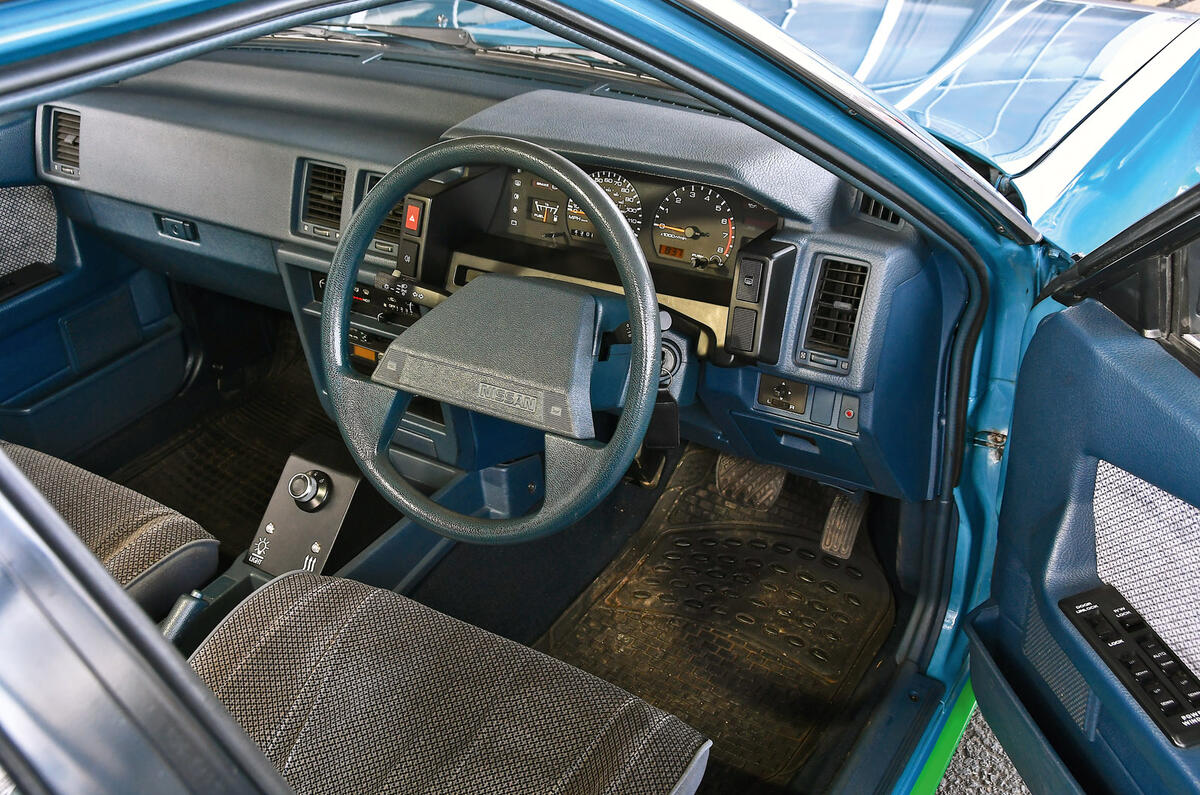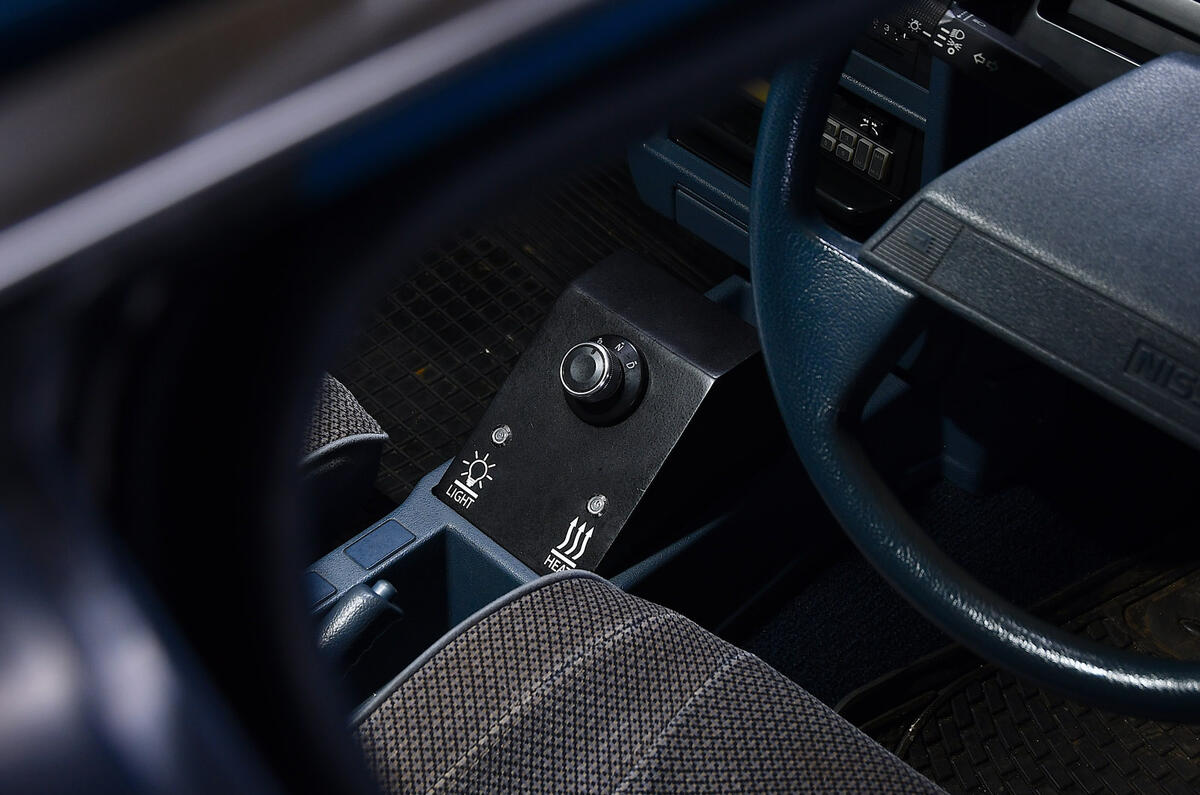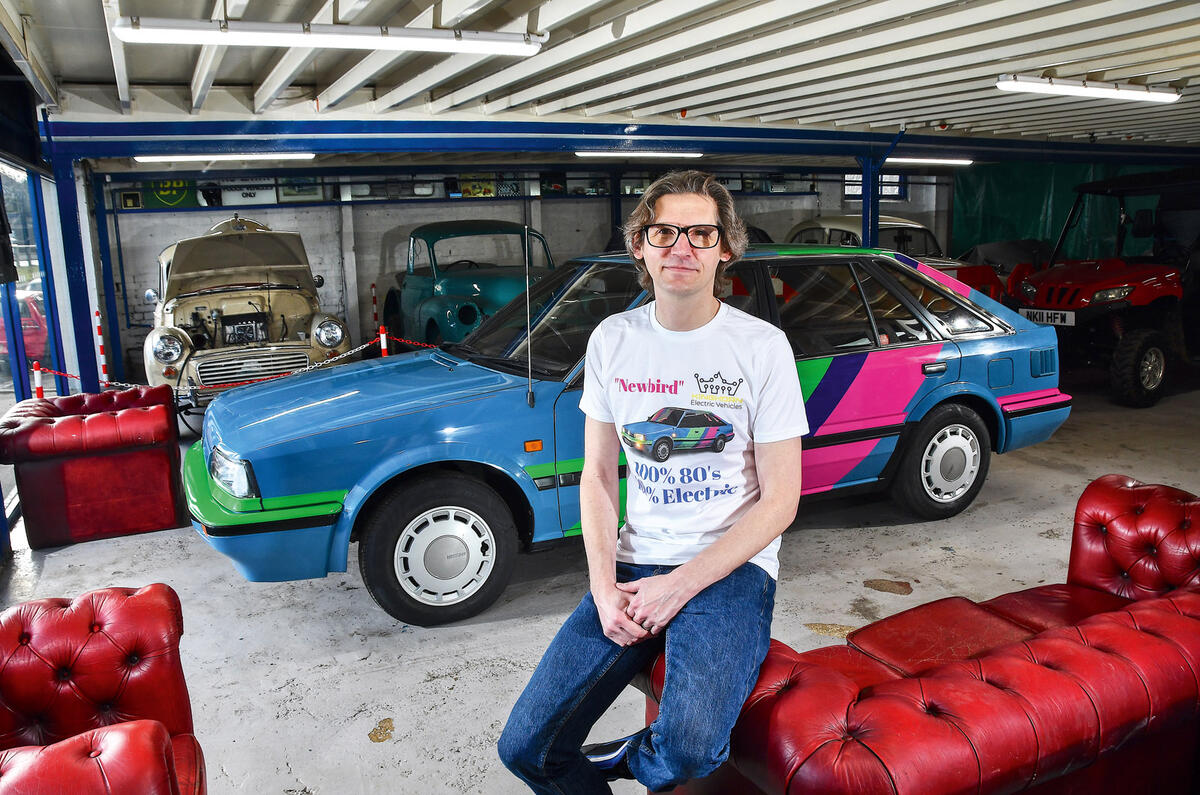"When I first saw the Newbird, it all came flooding back – fondly,” says Peter Robinson, today a production supervisor at Nissan’s manufacturing plant in Sunderland, but back in 1987 a fresh-faced 19-year-old keen to make an impression in the trim and chassis shop.
At that time, there were 490 people working at the plant, which had opened just a year earlier, in September 1986, assembling one model, the Bluebird, in saloon and liftback forms. Today, with Sunderland’s total production output now exceeding 10.5 million cars, more than 6000 toil away across a much larger site building the Nissan Juke, Nissan Leaf and Nissan Qashqai.
Robinson, 54, is one of four factory veterans who I’ve headed north to meet. They’re the living embodiment of something very special: a great British (and Japanese) car-making success story whose next chapter (called Nissan EV36Zero) has begun.
But back to the Newbird that triggered so many memories for Robinson. In fact, like him and his long-serving workmates, this car is a bridge that spans Nissan’s past, present and future. In reality, it’s a 1989 Bluebird Liftback GS built at the plant and powered not by the 1.8-litre petrol engine it left with but by the battery, inverter and electric motor from a current-model Leaf, also built at Sunderland.
It was Nissan UK’s idea: a commemorative gift to itself celebrating 35 years of manufacturing, a period during which not only the Bluebird has left the Sunderland plant but also its successor, the Primera, the trendsetting Qashqai and the Micra, Note, Juke and Leaf – with honourable mentions for the Infiniti Q30 and QX30.








































Join the debate
Add your comment
They were lucky up there that they didn't get shut down because of Brexit! Nissan colud have done a Honda & close everything down & move it to their Barcelona factory. But in the end they decided to close the Spanish factory & keep Sunderland open, obviously the UK government offered more cash than the Spanish. After paying to keep Nissan, Boris or Richi didn't have enough cash left over to persaude Honda to stay or encourage Tesla to built its Euro Mega Factory in the UK (The Germans have very deep pockets & will do everything to keep their beloved Motor Industry afloat)
Exactly
ERM....
1. Honda moved production to Turkey. Last time I looked they aren't in the EU
2. The UK doesn't need Tesla, we have our own battery plants in development
3. Sunderland is one of Nissan's most productive sites with a good customer base in the UK (unlike Honda)
I remember them from first time round, this is a nice homage to them, but, it has no real boot space and no space under the Bonnet either, so, it's People only.